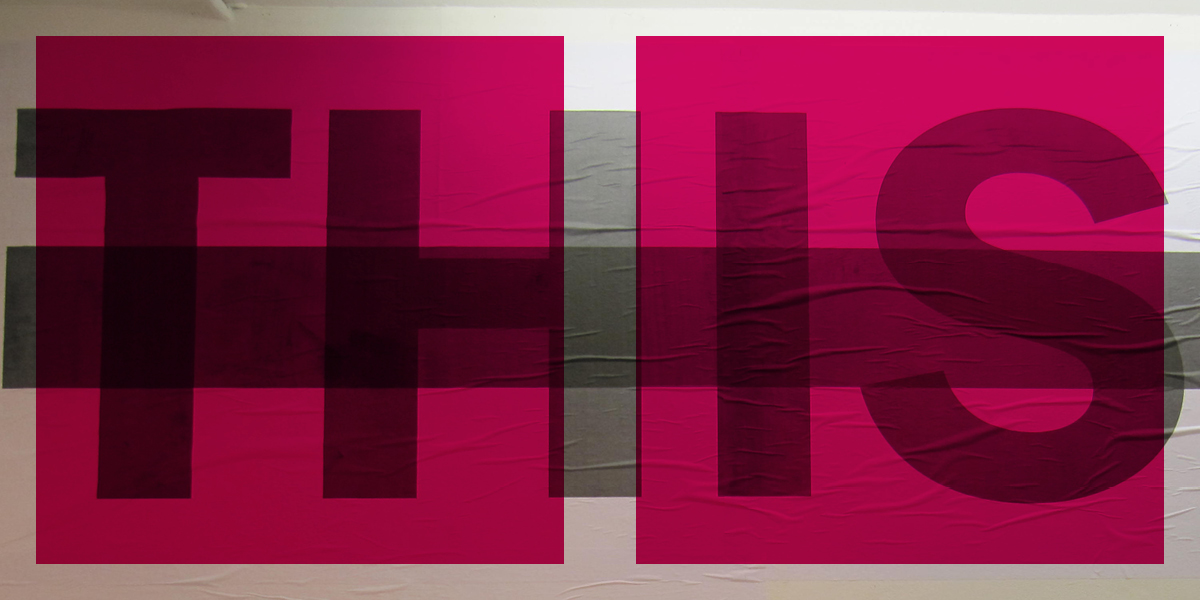

To engage with this question I propose to engage in a discussion looking in the first instance at the definition of the 'we' in question; so that it is then possible to establish the parameters of 'public' - as a community of Other in relation to the 'we' - we are seeking to engage. With the establishment of audience it is then possible to not only discuss the meaning of engagement but also art/artist's responsibility toward public engagement.
One can do this by looking at the social constructs and period we exist in (or wish to exist in, if you consider the contemporary as fictional act as discussed by Peter Obsborne*). Initial enquiries will be drawn from Hans-Thies Lehman's distinction of an 'aesthetics of insurrection' and an 'aesthetics of resistance'*; using these two concepts as a fulcrum we can begin to establish factors of public engagement.
Following on from this - along lines of the spectator as collaborator - one can use the notions laid forward by Walter Benjamin that an artist should not be judged by their own political immanence but rather the time in which they exist. Continuing with a notion that the work of art should actively intervene and turn spectators into collaborators; as also argued by Claire Bishop in Participation* that art, newly-emancipated post death of the author is free to collaborate with it's audience, by elevating the audience to level of collaborator we, as artist's, appreciate the input of the individual as other and see our-'self' in this new commonality.
Biog:
Peter Osborne:The Fiction of the Contemporary: Speculative Collectivity and the Global Transnational, lecture, 2010
Tom Holert - Burden of Proof, Art Forum, March 2013
Claire Bishop, Participation, Whitechapel Books, 2006